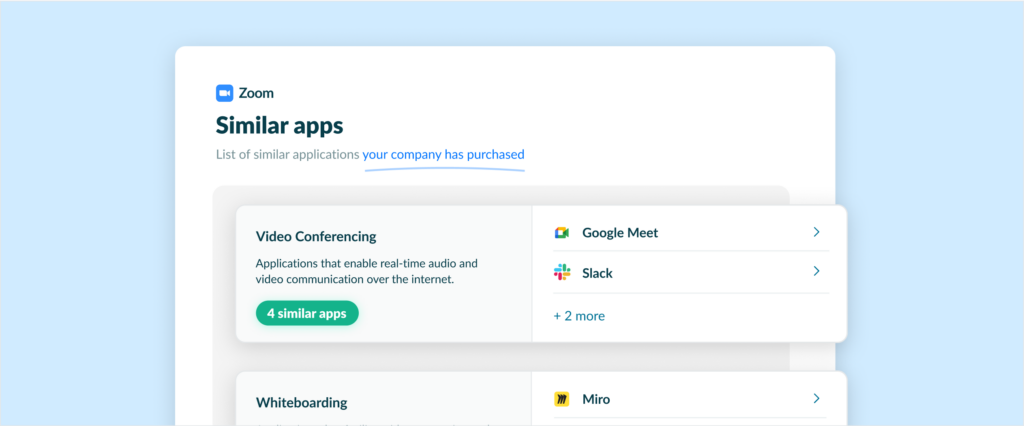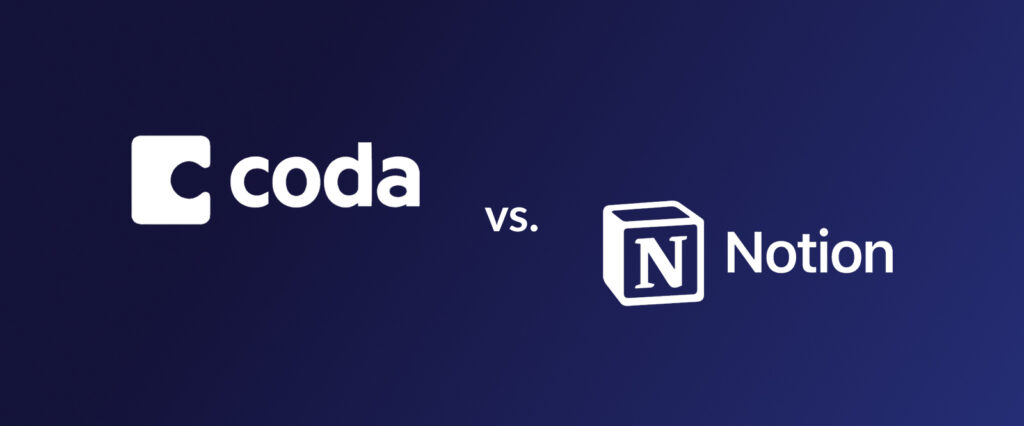
3 things to consider when building a winning AI strategy
The landscape of technology is constantly shifting and the latest developments in Artificial Intelligence (AI) have companies rethinking how to include generative AI in their business strategies. More organizations are introducing AI into their tech stacks and day-to-day operations. In fact, 64% of companies anticipate that integrating AI will improve customer relationships and increase productivity, according to a study from Forbes.
Today’s competitive scene demands a holistic, integrated AI strategy that blends with — and levels up — your brand’s goals. Crafting a winning strategy requires careful consideration, clear objectives, and a commitment to human-first implementation.
Businesses need an AI ecosystem that seamlessly integrates with their existing operations, data, and workflows in order to amplify business efforts without friction or disruption. It needs to be shaped with their unique circumstances in mind and have a clear target toward impacting the company’s goals.
How can organizations create a clear AI strategy?
Businesses that are evaluating how to use AI strategically are the ones that will thrive in this new age of information technology. And in their evaluation, they need to consider how to seamlessly integrate it into existing workflows and empower their employees to level up how they work. A successful AI strategy should optimize your operations and integrate with:
- Your data: AI is only as good as the data it feeds on. The AI tools you pick need to be able to answer complex domain-specific questions and not just pop out generic, dated results. This will allow the tools to recommend tailored solutions to suit your business needs.
When considering tools that use AI to bolster their product, evaluate the ways in which it can provide actionable insights based around your specific data sets in a way that ensures quality and integrity. - Your workflows: A good AI strategy should be a smooth extension of your existing workflows and revolve around streamlining processes, not complicating them. It should meet users where they are by providing intuitive interfaces, automated repetitive tasks, and real-time data integration that removes the need for constant verification and data cleansing. It should empower users to work faster and more accurately.
- Be human-first. Your AI strategy shouldn’t aim to replace employees, but rather supercharge their abilities. A 2023 survey from Microsoft found that “89% of [employees and business decision makers] with access to automation and AI-powered tools agree they feel more fulfilled because they can spend time on work that truly matters.”
The user should always be in control and be able to trust the insights the AI is providing in order to capitalize on its insights. Think of AI as a sidekick, providing insights, optimizing tasks, and freeing up brain space so that employees can focus on more high leverage aspects of their jobs.
Why do companies need a strategy for AI?
Employees are already embracing AI and utilizing personal AI tools to enhance their work, increasing the risk of shadow IT. Their early adoption of tools highlights the undeniable value of AI but it also emphasizes the need for a larger strategy that uses this adoption for greater impact. Integrating AI into your business strategy will not only drive down the risks associated with shadow IT, but deliver a multitude of positive outcomes.
What benefits does a good integrated AI strategy have?
A good AI strategy goes beyond driving down tedious tasks (although that is a strong highlight). The right blend of AI tools will provide AI-powered insights that guide smarter spend decisions. By leveraging readily available AI capabilities within established partnerships, businesses can unlock a new level of efficiency that includes:
- Simplifying routine tasks: Providing employees with the right AI tools can allow them to tackle challenges and strategic initiatives. The same Microsoft Study revealed that “9 out of 10 people want simpler ways to automate daily tasks so they can focus on the work that matters.” AI delivers just that.
- Increased productivity: Opting into automation and efficiency tools grants teams the opportunity to focus on creative problem solving, strategic planning, and to build meaningful relationships. Time saved translates to a productivity boost that propels business needs forward.
- Cost reduction and spend optimization: By gathering powerful insights, simplifying workflows, and understanding your spend, AI can help to reduce costs and help you make smarter decisions.
Developing an effective AI strategy doesn’t require in-house AI teams or infrastructure investments. Instead, you can look to utilize the embedded AI capabilities of the subscriptions you’re already paying for. Or, opt into pivoting your purchase decisions to include subscriptions that are leveraging AI.
SaaS Management Platforms with integrated AI can empower a new level of productivity with insights specific to your business — starting with simply a question, like one you’d ask a coworker. Choosing to level up your AI strategy through the partners you already use can help ensure a seamless integration.
How can you seamlessly integrate AI into your business strategy?
To ensure that business leaders aren’t blindsided by AI-related costs, it’s important to know how to properly budget, understand, and assess AI spending. Just because it’s the hottest tool on the market, doesn’t mean it’s a fit for your business — discernment is crucial. Consider the following when evaluating the purchase of a new AI tool:
- What outcomes can be improved through using this AI tool?
- What processes are best optimized by AI?
- Which AI tools are relevant to your business needs and goals?
- Can the cost of functionality be justified? Is there true valuable gain?
In order to prepare for the costs associated with AI, business leaders need to expect a change in how software is sold. AI tools will often adopt usage-based or outcome-based pricing. For example, an integrated writing tool may grant a word-allowance each month, causing the user to purchase additional words if they go over the allotment. Or a tool may charge an amount for an answer, and not provide a resolution until payment is complete.
Knowing the total cost of ownership before adopting an AI tool is also a factor that is often overlooked. Consider if the cost is monetary or if it’s paid out through your data. With unique pricing options and a myriad of new AI tools on the market, adopting a SaaS Management Platform to sift through the noise is a sure way to ensure that businesses can maximize their AI budgets while confidently delivering value.
Building a winning AI strategy is an ongoing endeavor. And the right partners can help you deliver continued success. When opting into AI tools, ensure that they can integrate with your data, workflows, and take a human first approach. Be sure to evaluate current partners and their offering before purchasing new tools and set tangible goals at the start. By constantly monitoring your progress — or by using a SaaS Management Platform to do so — adapting to evolving trends and by ensuring your adopted tools remain aligned with your brand and goals, you’re sure to set your business on the right path toward AI success.
About Productiv:
Productiv is the IT operating system to manage your entire SaaS ecosystem. It centralizes visibility into your tech stack, so CIOs and IT leaders can confidently set strategy, optimize renewals, and empower employees.
Learn more today




